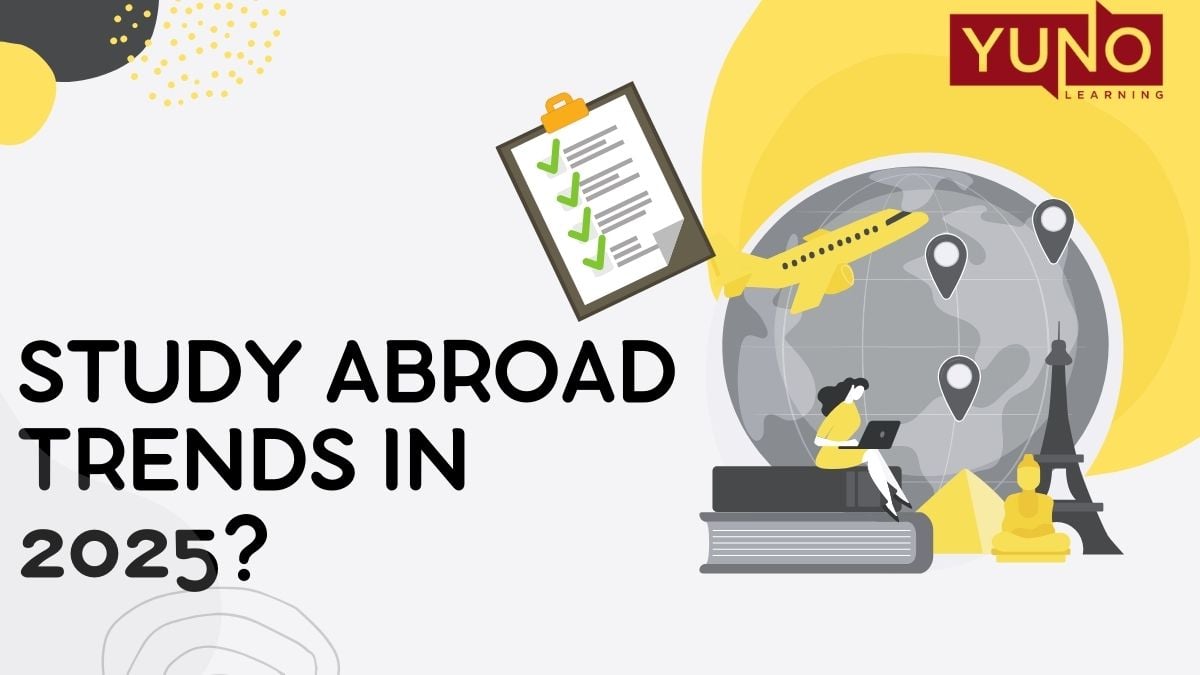This goes beyond simply visiting tourist sites; it involves interacting with people, participating in local events, and experiencing life as a member of the community. Effective programs create opportunities for this immersion, enhancing both learning and personal growth.
Cultural Immersion Opportunities
Programs often incorporate a variety of activities designed to facilitate cultural immersion. These activities can include attending local festivals, workshops with artisans, or participating in community service projects. Language exchange programs, cooking classes, and visits to historical sites provide direct exposure to the culture’s traditions and practices. Many programs also encourage students to live with host families, allowing for a more intimate and holistic cultural experience.
This close interaction fosters a deeper understanding of daily life and local customs.
Importance of Cross-Cultural Learning and Communication
Cross-cultural learning is critical for developing empathy, tolerance, and adaptability. In today’s interconnected world, the ability to communicate and collaborate effectively across cultures is increasingly essential. Study abroad programs provide a practical setting to develop these crucial skills. Students gain firsthand experience navigating different communication styles, non-verbal cues, and social norms, enhancing their interpersonal and professional competence.
Potential Cultural Activities
A diverse range of cultural activities are integral to these programs. These activities might include:
- Traditional Performances: Attending local music concerts, dance recitals, or theatre productions allows students to experience the cultural expressions of the host country.
- Cooking Classes: Learning to prepare traditional dishes provides insight into culinary traditions and food culture. This can lead to a better understanding of dietary habits, food preparation methods, and even the cultural symbolism associated with different dishes.
- Community Service Projects: Engaging in projects such as assisting local organizations or schools allows students to contribute to the community while observing firsthand how different cultures address societal needs.
- Language Exchange Programs: These programs provide a platform to practice and improve language skills, enhancing intercultural communication. These experiences are also a great way to discover the nuanced aspects of a language and culture.
Methods to Facilitate Cross-Cultural Understanding
Facilitating cross-cultural understanding requires intentional strategies. Programs often include cultural orientation sessions, workshops on intercultural communication, and opportunities for interaction with local community members. These methods help students to recognize and appreciate cultural differences, and to develop empathy and tolerance. Group discussions, reflection exercises, and journaling are often incorporated to encourage self-awareness and critical thinking about cultural experiences.
Creating opportunities for students to engage in respectful dialogue and share their own perspectives can also contribute to understanding.
Future Trends and Outlook
The landscape of arts and humanities study abroad programs is constantly evolving, reflecting broader societal shifts and technological advancements. Students are increasingly seeking immersive experiences that go beyond traditional academic settings, demanding programs that foster critical thinking, intercultural understanding, and personal growth. This dynamic environment presents both challenges and opportunities for program providers.




